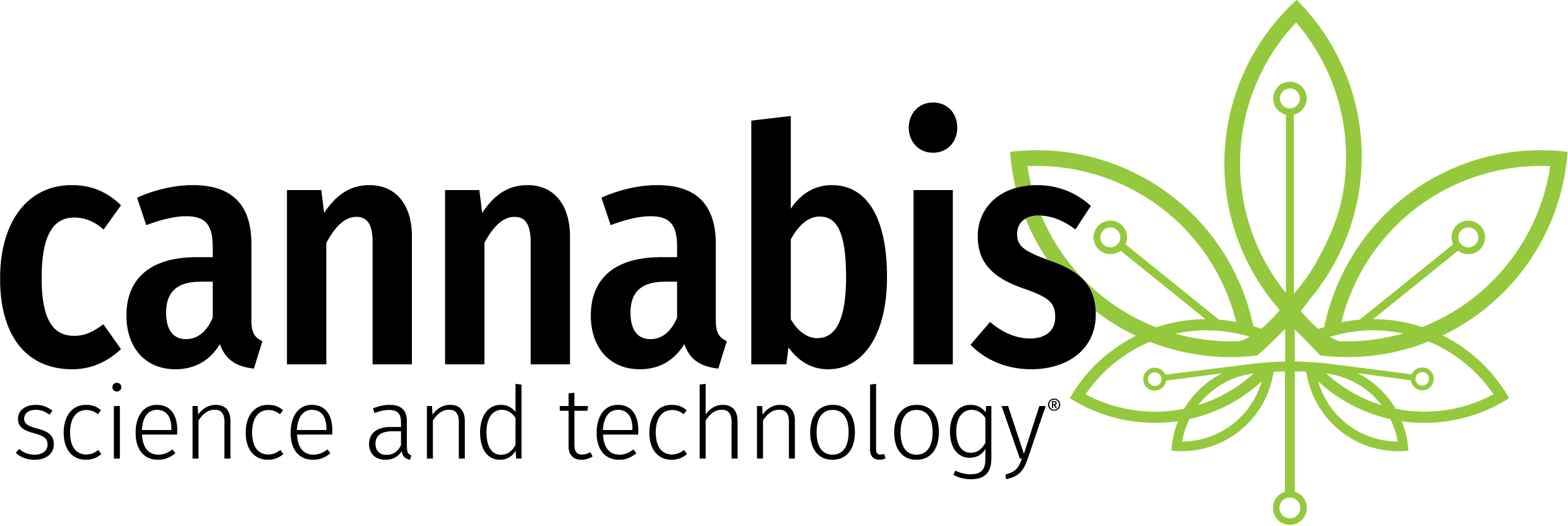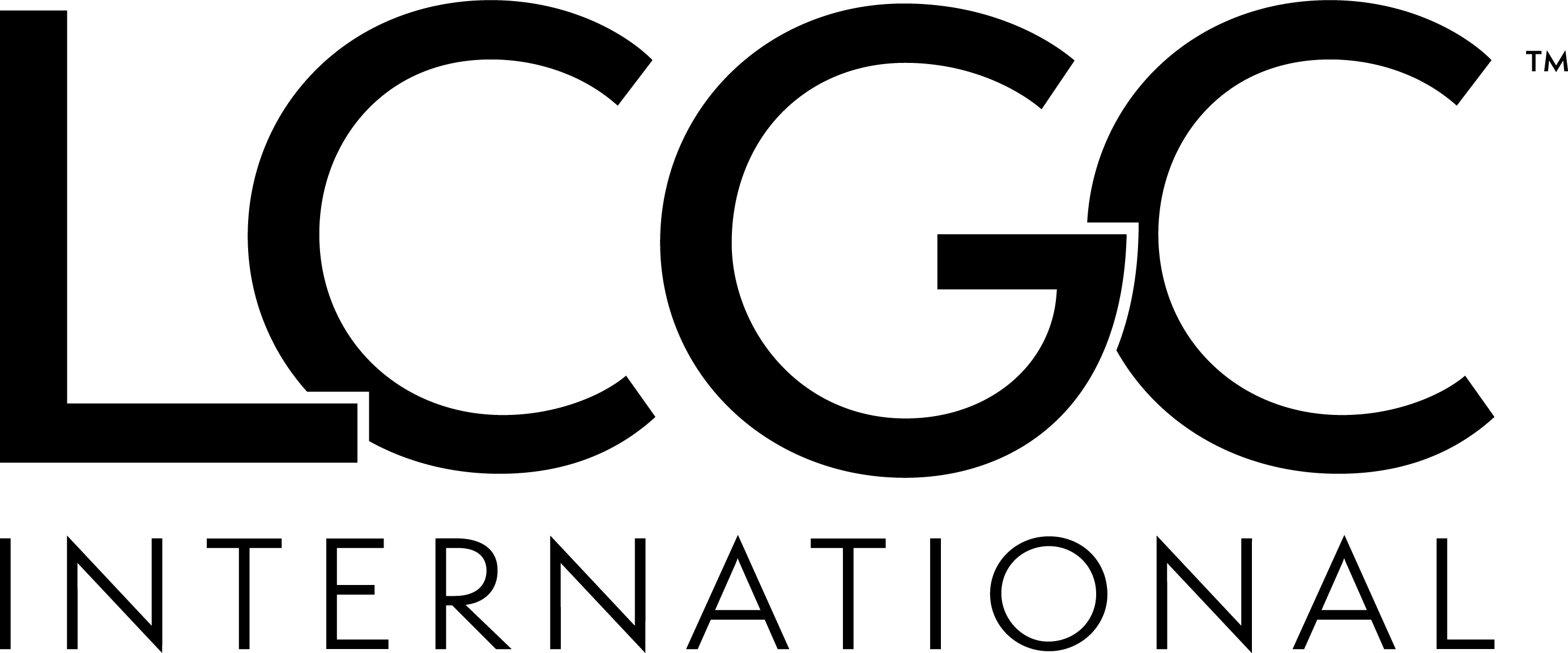
CIT Appoints Bernard Galat VP of Business Development, North America Company
CIT,
a European non-clinical CRO, announced the opening of its new U.S. subsidiary, CITox, Inc. The new company is based in Boston, Massachusetts, and will spearhead CIT’s planned expansion of its U.S. activities.
CIT simultaneously announced the appointment of Bernard Galat, 55, as Vice-President Business Development, North America. Galat is a U.S. citizen and will be based in the Boston office.
The U.S. represents 15 per cent of CIT’s current sales today, and the company aims to increase this to 30 per cent in three to five years.
“CIT is also pleased to introduce Bernard Galat and announce this key appointment as a further indication of our continued customer centric growth,” said Baratte.
Prior to joining CIT, Galat held senior sales and marketing positions with Xceleron Inc., Parexel International and Carestat, Inc. Formerly, he served as Vice President of Sales, Marketing and Clinical Applications for Ultracision, Inc. There, he recruited, trained and managed a global sales force and led cross-functional teams to establish priorities for new product development. Johnson & Johnson acquired Ultracision for a multiple equal to ten times sales.
Galat received a BS magna cum laude from Northeastern University in Biology and Communications and earned an MBA with honors from Northeastern’s Graduate School of Business.
Newsletter
Stay current in clinical research with Applied Clinical Trials, providing expert insights, regulatory updates, and practical strategies for successful clinical trial design and execution.





.png)



.png)



.png)
.png)
